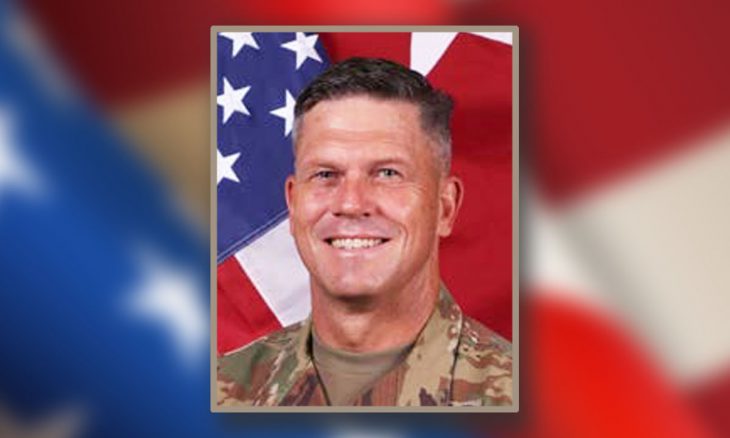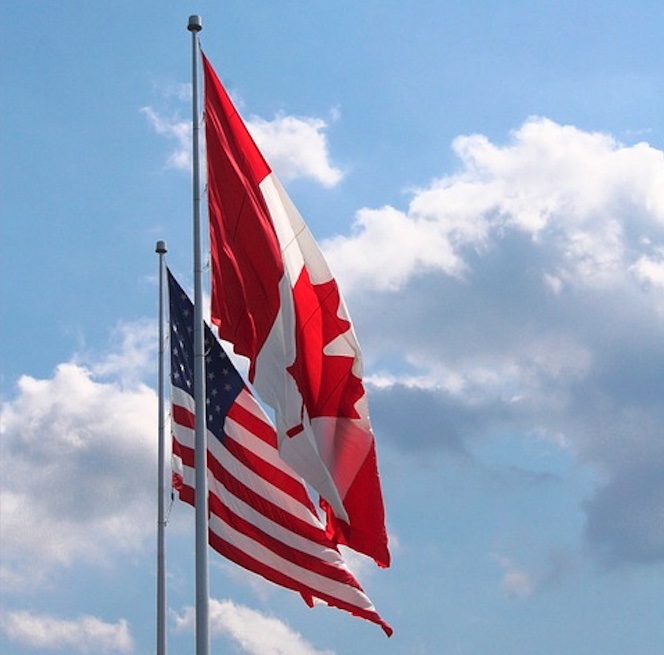Major General Peter Andrysiak
Commander, U.S. Army Alaska
Peter Andrysiak earned a B.S. in civil engineering from the United States Military Academy at West Point, an M.S. in Environmental and Water Resources Engineering from the University of Texas at Austin, and an M.S. in National Security Strategy from the National War College.
He was commissioned as a Second Lieutenant in the U.S. Army Corps of Engineers, and led a career spanning over 20 years. He served in numerous leadership positions. His operational assignments include Operation Support Hope in Rwanda, Operation Desert Thunder in Kuwait, two tours in support of Operation Iraqi Freedom, and two in support of Operation Enduring Freedom in Afghanistan, and Operation Freedom’s Sentinel, Afghanistan.
Prior to his current position as Commanding General, Major General Andrysiak served as the Chief of Staff, U.S. Army Pacific, Fort Shaeffer, Hawaii. He assumed command of the United States Army Alaska in July 2019.
Andrysiak is married to the former Casey Elizabeth Cannon of Austin, Texas, and they have two children.
In the News…
Everything takes longer in sub-zero temperatures, the U.S. Army has discovered. Troops of the U.S. Army Alaska Command know that well, but two decades of deployments to the Middle East eroded much of that ingrained knowledge.
Now the Army is set to publish a new “Arctic strategy” to address how the service will defend America’s Arctic holdings. A training exercise, called Arctic Warrior 21, is part of a renewed focus on cold weather warfare that pushes soldiers into a winter cycle.
“It’s a return to the way things used to be in Alaska,” Said Major General Peter Andrysiak, the Army’s commander in the region. “There used to be a series of large-scale exercises that took place in the February-March time frame, but that really stopped in probably the early 1990s.”
Units participating in the training include infantry and airborne, and they are learning to perfect the minutia of cold-weather living; how to layer clothing properly; how to set up tents with heaters; and how to pull a sled full of a squad’s essential gear.
The Arctic also involves unique tools. “We have to pull things out that we haven’t used in a while called the small unit support vehicle, or SUSV,” Andrysiak said. “That is a rubber-tracked little machine that the Army bought in the 1980s. … It’s something similar to what you might see at a ski resort.”









